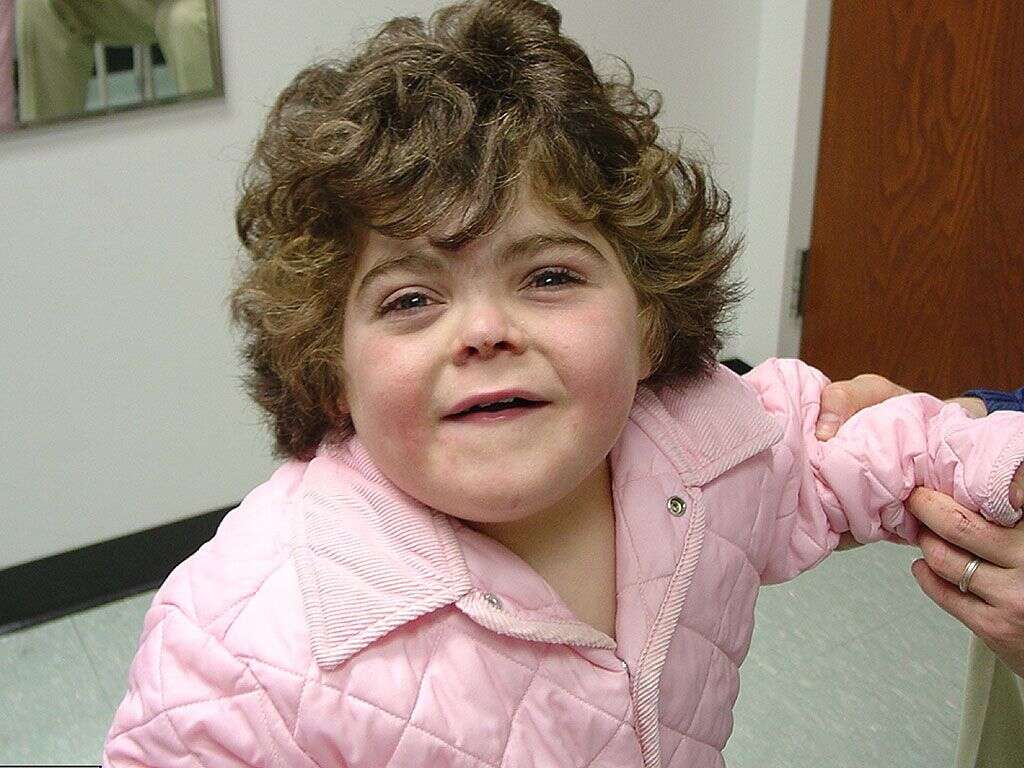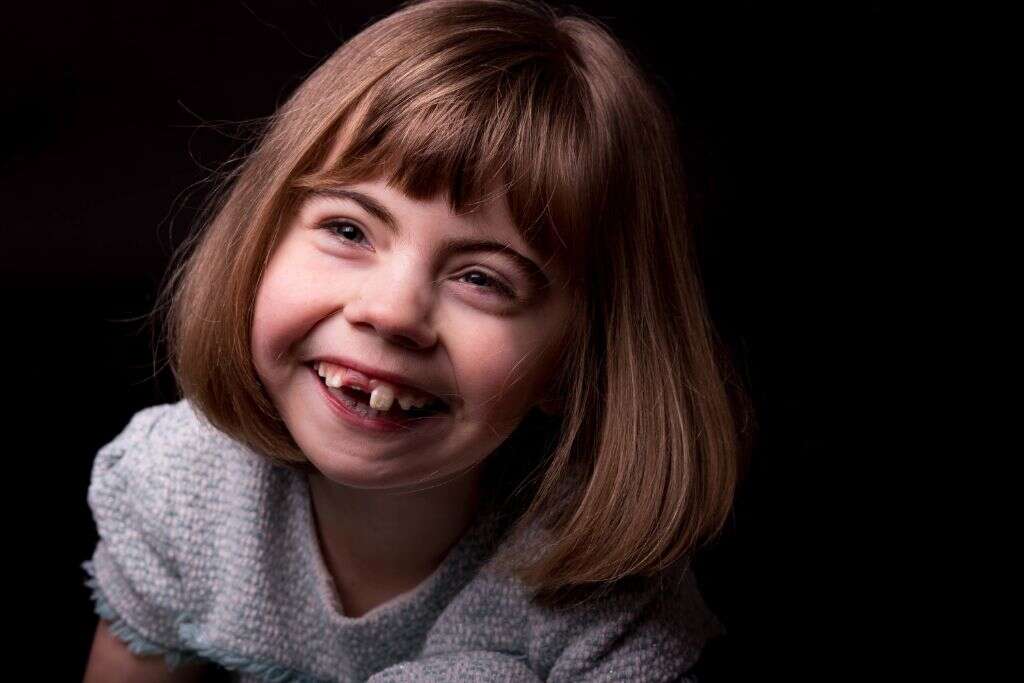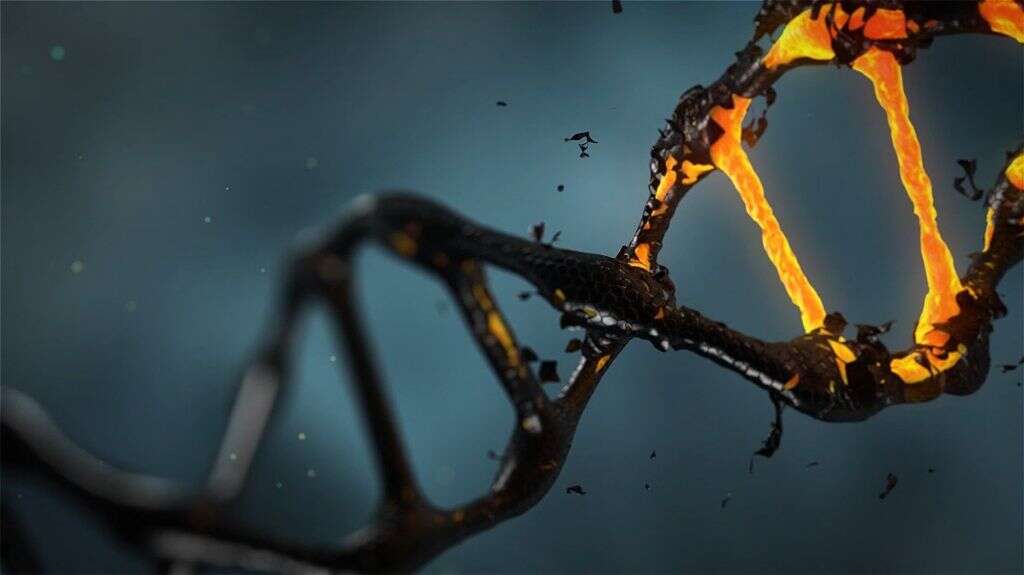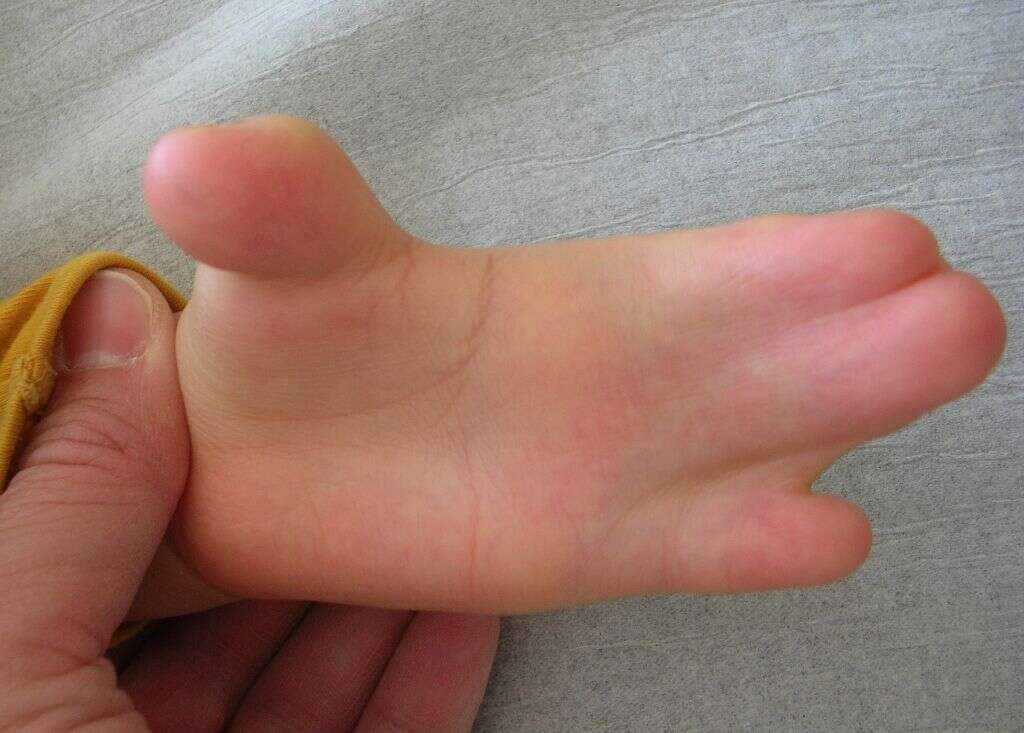What Is Cornelia de Lange Syndrome?
When people have children, the parent’s DNA is shared meaning that some of each parent’s characteristics will be passed on. There are numerous things that can happen when this happens, including genetic mutations. This means that, for some reason, there has been an ‘error’ in the copying of the DNA.
These errors will sometimes result in the child not developing as they should. One example of this is Cornelia de Lange syndrome, which can result in a number of physical and mental deformities. Patient’s with the condition will often go on to live for a normal life span, but the condition can severely impair their quality of life.

1. Cornelia de Lange Syndrome
The condition was first described in 1933 and takes its name from the Dutch pediatrician that first described it. It is a genetic disorder that is thankfully rare, and it can cause a number of malformations. Patients with the condition can also experience other symptoms, including behavioral problems.
The condition is thought to affect only around 1 in 10,000 to 1 in 30,000 people, but we cannot be sure of the exact numbers. One reason it is difficult to be sure is that many cases show only very mild symptoms. This means the syndrome will be missed in many cases.

2. Causes
As mentioned, Cornelia de Lange syndrome is a genetic disorder. The cause of the disorder is usually a mutation in the patient’s genes. In more than 50% of cases, the gene responsible for the condition is the NIPBL gene. Other genes that can be responsible for the mutations include the HDAC8, RAD21, SMC1A, and SMC3 genes.
Cornelia de Lange syndrome can be separated into two main types. These are classic and non-classic. Each type might have a different underlying genetic disorder causing them, although there’s still a lot of research that needs to be to done to fully understand the condition.

3. Facial Features
Patients with Cornelia de Lange syndrome will often have quite distinct facial features. Their eyebrows in particular can stand out quite significantly, with thick eyebrows that meet in the middle. The patient’s eyebrows will also be significantly curved in many cases. Patients with the condition will also often have unusually long eyelashes.
Patients with Cornelia de Lange syndrome are also likely to have mouths that are downturned, and their upper lip will often be thinner than is usual. Their ears are often malformed and lower down than usual, while a cleft palate is also a possibility. The patient may also have a short nose that is upturned, as well as low hairlines at the front and the back.

4. Other Deformations
In addition to their often-distinctive facial features, patients with Cornelia de Lange syndrome will also sometimes have a number of other unusual physical features. One is that the child will often be born particularly hairy, although this hair will usually gradually become thinner over time.
Many will also experience delays in overall growth and patients with the condition will also sometimes have a shorter neck than is usual. Some will have microcephaly, which is a condition where their head is much smaller than usual. Some will also have very small hands, and fingers will be missing in some instances.

5. Sensory Problems
Some patients with Cornelia de Lange syndrome will also find that their sensory organs don’t develop as they should do. This can mean that their eyesight and sense of hearing are impaired, perhaps severely so. The severity of the impairment can range considerably from patient to patient.
Vision and hearing problems can make things a lot harder for a patient who is already going to be experiencing difficulties. The impairments can be treated in some cases, which is important as it can help them to communicate with and understand others. Hearing and sight impairments can also contribute to intellectual development problems, however.

6. Intellectual Disabilities
Some people are simply born smarter than others, and having smart parents will increase the chances that a child is smart. There are also some other factors such as the child’s environment when they are growing up, their nutrition, and the education that they receive. Another factor behind intellect is certain genetic conditions.
Patients with Cornelia de Lange syndrome will sometimes experience intellectual disabilities. They will tend to experience learning difficulties from a young age and will remain behind other people in terms of intellect as adults. The severity of any intellectual disabilities can vary considerably from patient to patient.

7. Behavioral Problems
There are numerous reasons why children might have problems with their behavior. Sometimes it is down to their home environment. At other times it might be because they are struggling to fit in. in other cases, it can be down to behavioral conditions like Cornelia de Lange syndrome.
Some patients with the condition can have a tendency to be aggressive to others around them. This can obviously make it difficult for their parents and others to control them. Another potentially serious behavioral problem is the tendency to cause self-harm. These are conditions that will need to be addressed as much as possible.

8. Feeding Problems
It is important that anybody gets as many nutrients as they can. It is especially important in young children that are growing. If they don’t get the nutrition that they need then it can mean they don’t develop as well as they should do. Some children don’t get the nutrition they need for medical reasons.
Children with Cornelia de Lange syndrome can cause the patient to have difficulties with feeding. This can mean they get less nutrition than they need, and this can add to already existing developmental problems. The syndrome will also sometimes cause dental problems and reflux in some patients.

9. Diagnosis
The facial features that can result from Cornelia de Lange syndrome are often enough to give medical professionals a good idea of what the patient’s condition is. Patients will also likely be examined more closely to check for other abnormalities that might present a threat to their health.
Because the symptoms can be more subtle, Cornelia de Lange syndrome can sometimes go undiagnosed. In many cases, a problem might not be recognized until the patient starts to display aggressive behavior and/or learning disabilities. Once a diagnosis is achieved, medical professionals can begin to try and treat the patient’s symptoms to at least help manage the condition.

10. Treatment
Cornelia de Lange syndrome cannot be cured as things stand. However, it is usually possible to help manage the patient’s condition to help give them a better quality of life. An early diagnosis is best where possible because treating the patient’s condition from a young age will be more effective.
Mental health experts may be able to help with the patient’s behavioral problems through therapy. It will also often be necessary for physical therapy to help with motor skills and muscle development. Supplements are sometimes necessary to help overcome feeding problems, and surgery may be necessary to help treat certain abnormalities.












